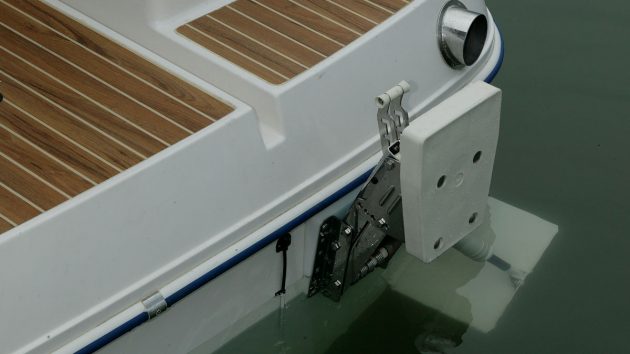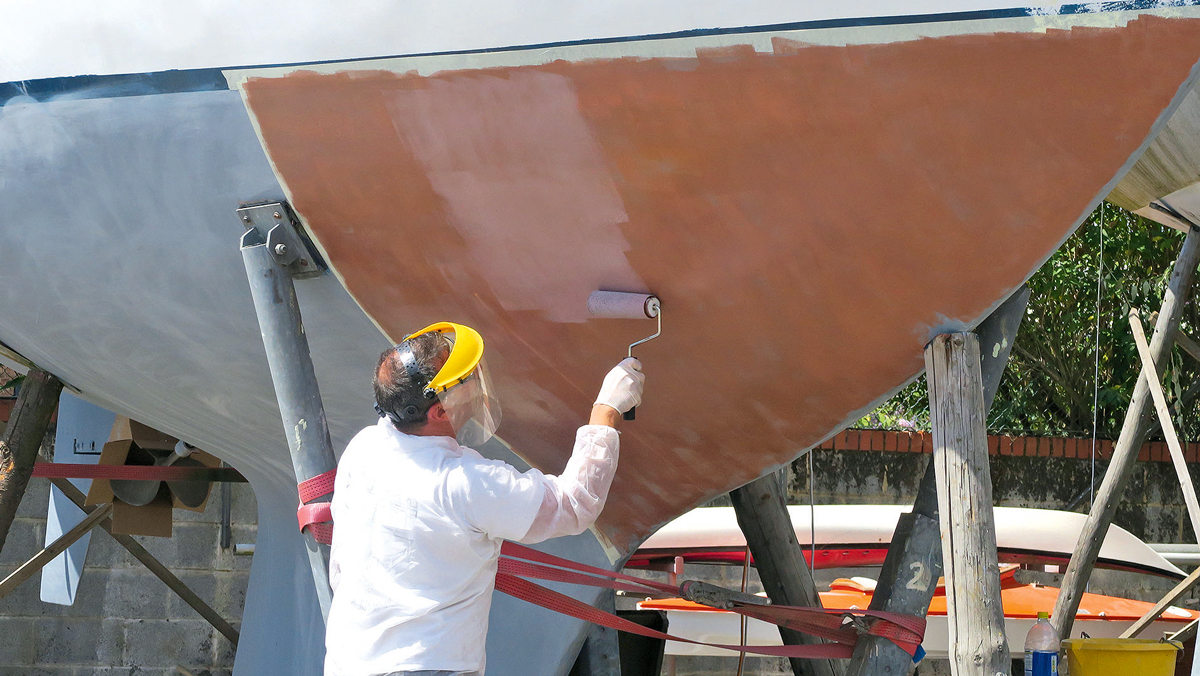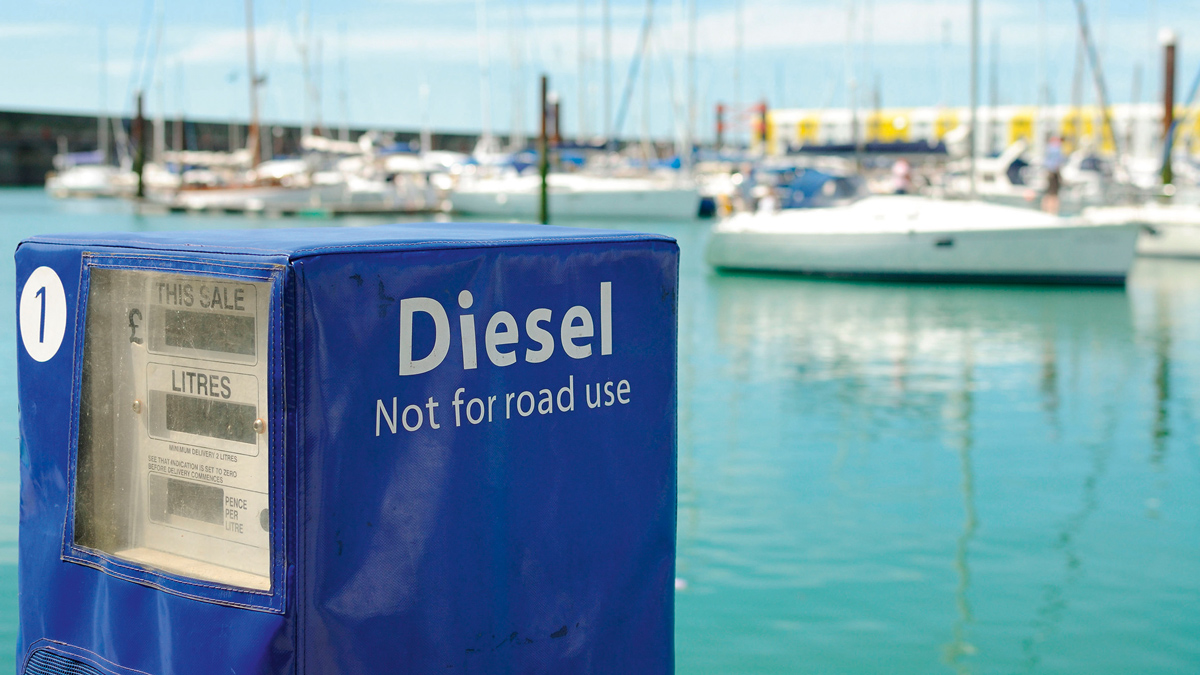Colin Staples has a stiffened outboard bracket made of aluminium and stainless steel. What is the best way to lubricate the fitting?
We keep our Hunter Duette on a mooring in the Hamble River where fouling is bad.
The prop of the 5hp Honda outboard in the well quickly fouled.
All efforts with antifouling and proprietary prop cleaners failed so we resorted to lifting the outboard out each time and storing it in the cabin.
At over 80 this became too much of a task, so I invested in an outboard bracket for the transom able to take up to a 10hp motor; I assumed it would be more than up to the task.
Continues below…
Is it worth re-activating copper antifoul? Ask the experts
Brian Williams writes: “I read with great interest the article on different antifouling treatments in the May 2021 edition of…
What’s the best boat fuel? Is it worth paying for premium? Ask the experts
PBO reader Roy Gwilliam asks: “I have a Yanmar 3YM20 engine in my Dehler 32, built in 2010. I generally…
Joining chain links: Our expert explains the safest way to extend your anchor chain
Rod Stuart writes: “What is the safest way to join two equal galvanised chain links (I don’t just mean for…
Are folding or feathering propellers worth the extra cost? Ask the experts
Nicko Williams asks: “I wonder what your views are on folding versus feathering boat propellers. “My Jeanneau 379 carries a…
It’s constructed mainly of aluminium and stainless steel.
All went well at first but gradually the lifting and tilting mechanism stiffened up and it’s now almost impossible to tilt and lift despite grease, WD40 and copper spray lubricants.
I have to use a screwdriver to operate the release levers.
Do you have ideas on the best way to lubricate the metal to keep it moving freely?
I wonder if perhaps stainless steel, aluminium and copper are not good bedfellows.
Colin Staples
Vyv Cox replies:
There is a galvanic reaction between copper and aluminium but the combination of aluminium and stainless steel can also be problematic.
I’d certainly avoid the copper spray as it’s not going to help at all. If the bolts can be withdrawn I’d run a tap down the thread to ensure that the aluminium of the release levers is clean and free of corrosion product.
Silicone grease is the best bet for lubricating differing metals
Otherwise it’s a matter of running the threads up and down many times, maybe try a mild abrasive such as T-cut or Brasso to lightly wear away the aluminium.
Try to wash this out with a solvent afterwards, perhaps turpentine or paraffin.
Probably the best lubricant to use then is a silicone grease, which will help to exclude any water.
A silicone aerosol spray can help too.
Enjoyed reading What can I use to lubricate metal?
A subscription to Practical Boat Owner magazine costs around 40% less than the cover price.
Print and digital editions are available through Magazines Direct – where you can also find the latest deals.
PBO is packed with information to help you get the most from boat ownership – whether sail or power.
-
-
-
- Take your DIY skills to the next level with trusted advice on boat maintenance and repairs
- Impartial in-depth gear reviews
- Practical cruising tips for making the most of your time afloat
-
-








